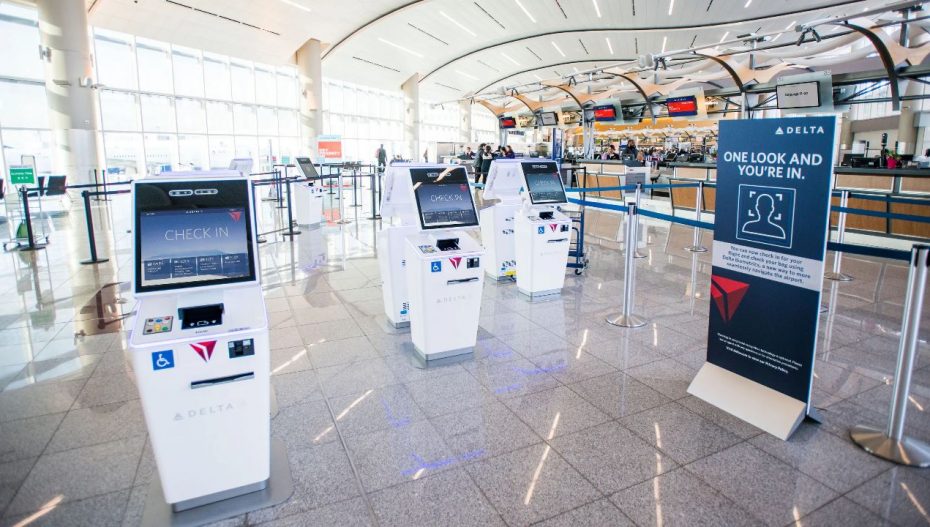Facial recognition technology has developed into a strong tool in a variety of fields, including airport security. Facial recognition technologies have completely changed the way airport security checks are conducted, as well as streamlined the boarding procedure, by utilizing cutting-edge algorithms and biometric data. In this article, you will examine how face recognition technologies have improved airport security by highlighting their advantages and effects on the traveler’s experience.
Enhanced Security
At airports, facial recognition technology offers a higher degree of security. These instruments can precisely identify people and signal possible risks by matching passengers’ facial traits with their biometric information kept in safe databases. With the use of this technology, law enforcement may easily identify and detain people who are on watch lists or who are attempting to use false identities. Facial recognition technologies greatly improve airport security by reducing human error and supplementing conventional security procedures, helping to guarantee both staff and passenger safety.
Efficient Check-In and Boarding Process
Facial recognition technology has improved check-in and boarding procedures, cutting down on wait times and improving the overall passenger experience. Passengers may use self-service luggage drops and automated check-in terminals using face recognition technology, doing away with lengthy lines and exhausting document checks. Passengers may confirm their identification by just glancing into a camera, ensuring a quick and easy check-in process. Additionally, face recognition technology can successfully match passengers with their boarding permits throughout the boarding procedure, enabling smooth boarding and quicker departure times.
Travel Experience
By reducing the need for physical papers and identity checks at multiple points, facial recognition technology helps ensure an easy trip. Instead of having to struggle around for their passports, boarding cards, or other travel documents, passengers may just use their faces as identification. With the use of this technology, check-in, security screenings, and boarding can be made more stress-free and passenger-friendly.
When exploring airlines like Air Canada, one can observe their commitment to enhancing the overall travel experience by offering a diverse range of services, including but not limited to WiFi connectivity, differentiated cabin classes, and waiting lounges.
Reduced congestion and delays
The installation of facial recognition technologies aids in the reduction of airport traffic and delays. Long lines often occur at traditional security checks, especially during the busiest travel times. Passengers can go through security checks quickly because of facial recognition technology, which allows a quicker and more effective screening process. Airports can handle higher numbers of travelers more efficiently by minimizing congestion and wait times, guaranteeing a smoother flow of passengers, and avoiding blockages.
If you look at airlines such as Southwest Airlines, it is aiming to reduce congestion and delays by shifting towards a point to point network instead of a hub network. Their focus is on simplifying the boarding process and optimizing scheduling.
Conclusion
Airport security and the boarding procedure have been changed by facial recognition technology, which helps both authorities and passengers. But it’s important to strike a balance between security and privacy issues. Facial recognition technology has the ability to significantly impact airport security and passenger experiences with additional advances.
Also Read: No Respite: Malnutrition Among U-5 Children Plagues ‘Prosperous’ Gujarat












